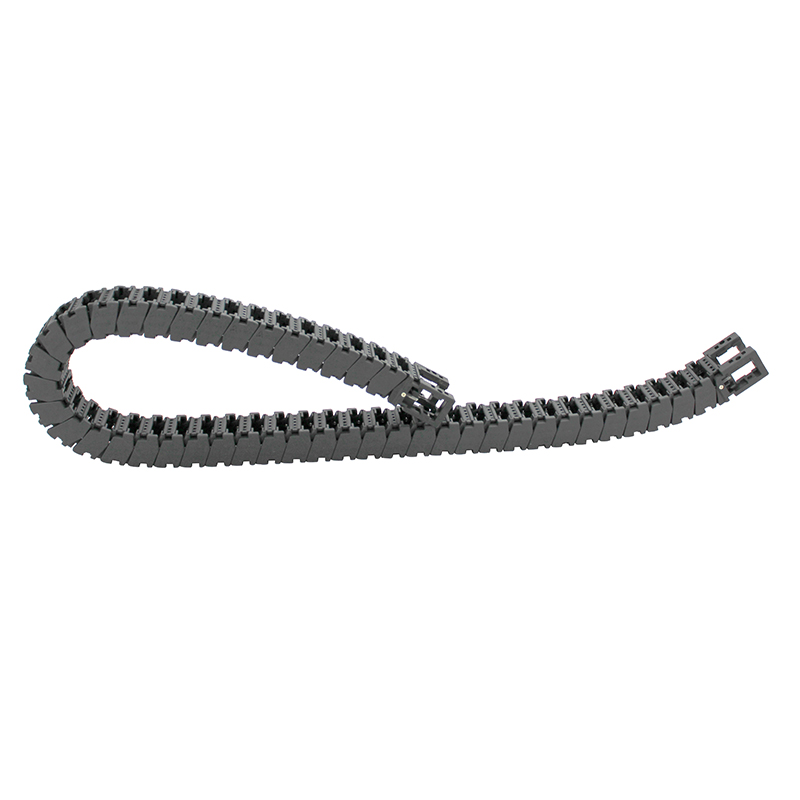energy chain cable
Energy Chain Cables An Essential Component for Modern Machinery
Energy chain cables, often referred to as drag chain cables, are a critical innovation in modern mechanical and electrical engineering. These cables consist of a protective chain that houses various wires and cables, allowing them to move freely during operation without tangling or interfering with other components. As industries have evolved, the need for efficient, reliable, and durable cable management solutions has become paramount, making energy chain cables an indispensable part of machinery across various sectors.
The primary function of energy chain cables is to ensure the safe and efficient distribution of power and signals to moving parts of machinery. They are typically utilized in automated systems, robotics, and machine tools where dynamic movement occurs. The design of energy chains allows for repetitive motion without compromising the integrity of the cables they protect. This mechanism significantly reduces wear and tear, extends the lifespan of the cables, and minimizes downtime due to maintenance or replacements.
One of the most notable advantages of energy chain cables is their flexibility. These cables can accommodate a wide variety of wire types, including power, data, and control cables. This versatility allows engineers to create customized solutions tailored to specific applications, optimizing performance and efficiency. Additionally, energy chain cables come in different configurations and sizes, making them suitable for a broad range of industries, including manufacturing, automotive, aerospace, and entertainment.
energy chain cable

Another advantage is the enhanced safety that energy chain cables provide. By keeping wires organized and secured within a protective chain, the risk of accidents caused by frayed wires or entangled cables is significantly reduced. This is particularly important in environments with heavy machinery, where the potential for injury or equipment damage is high.
Energy chain cables also contribute to improved aesthetics and organization in industrial settings. With cables neatly housed within a chain, it reduces clutter and enhances the overall appearance of machinery and workspaces. This organizational efficiency can also lead to easier troubleshooting and repairs, as technicians can quickly locate any issues without sifting through tangled wires.
In conclusion, energy chain cables play a vital role in modern machinery, providing a reliable and efficient method for cable management. Their flexibility, safety features, and organizational benefits make them an essential component for various applications across multiple industries. As technology continues to advance, the development and implementation of energy chain cables will undoubtedly evolve, further enhancing their functionality and importance in the ever-growing landscape of automated systems and machinery.








